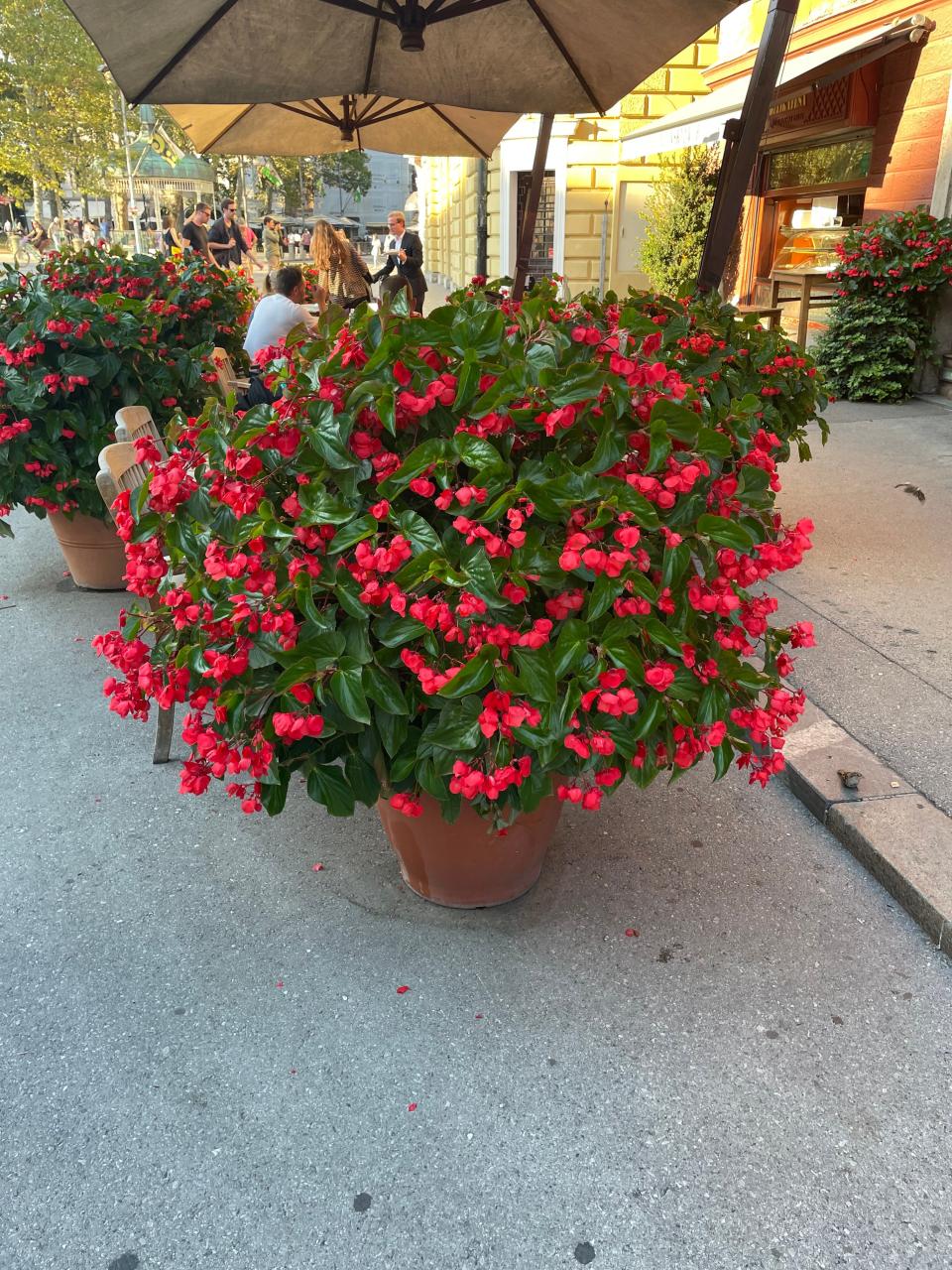Here are 5 mid-season ways to spruce up your summer garden
I spent most of my grade school days as a runner ― a decidedly mediocre runner. Not enough speed for the sprints and not enough lungs for long distances, my race was the mile.
It’s a pretty straightforward race, strategically. The first quarter mile is about pace and position while the second is about assessment ― who has it and who doesn’t, on this particular day. The last quarter mile is easy ― just go as hard as you can for as long as you can and hope for the best.
But the third quarter mile ... that’s the toughest one. The third quarter takes focus, concentration, and discipline. A little inattention in quarter three can cancel out a stellar first half and dash hopes for the last quarter of glory.
In many ways, the third quarter of a mile race is a bit like July in the garden.
By this time of the year, much of our spring garden effort has just about run its course. The formerly weed-free beds are looking a little shaggy. The annuals are showing a few bits of yellow here and there. And at heat indices hovering in the high 90s and worse, it’s hard to convince ourselves to get out there to do something about it ― at least not for very long.
But just like in the mile, the third quarter can make all the difference in the garden. Investment in some well-planned and strategically scheduled effort can make all the difference for the rest of the season. And it doesn’t have to mean spending hours upon hours struggling in the midday heat.
So here are my top five mid-summer fresh-up tips for the garden.
Refresh your annuals mid-way through the summer

By this time of year, even the most strategically planned annual plantings can look a little worn. Some straggly growth here and there, a touch of yellowing in the foliage, we’ve all seen it. Whether it’s a bed of coleus or a pot of petunias, a vigorous cutback (one-half to one-third) followed by a dose of mineral fertilizer can work wonders.
Now some may balk at my mineral fertilizer recommendation rather than the more politically correct and rather slow-release compost or compost tea nutrition regime. But remember that the plants we choose for those massive displays of blooms all summer long ― that’s not what most plants do very well. To do what we ask them to do, they generally need more nutrition than a tree or woody shrub, to do their thing. They need nutrients and they need them now ― not in a few weeks or months.
Re-edge your garden beds in the summer
There is little in this world that makes a garden pop quite like a freshly cut edge. They look so good in spring when the soil is soft and the grass is fresh. But by July, those bed edges have started to look less like a clean edge and more a wandering suggestion. Fifteen minutes with a nice sharp spade, preferably first thing in the morning when it’s nice and cool, can make a world of difference.
Change the water in your water feature

Whether it’s a still bowl to reflect a little sunlight or a delicately gurgling little fountain in the garden, by this time of the year, the algae have outgrown the algaecide and the water is starting to resemble pea soup. And if you primed your water bowl/fountain with those wonderful mosquito dunks (safe for birds but very effective at killing off mosquito larvae in the water) they’ve probably run their course and need a re-inoculation.
In a grand total of about 10 minutes, you can flush out the algae, refill the bowl, and drop in a new mosquito dunk. And as a bonus, with this little task done, you’ll be able to enjoy that water feature through the rest of the season.
Mid-summer is the time to shear your hedges

We’re not talking about a little snip of a broken or diseased branch here and there. And we’re not talking about snipping a few sprigs of rosemary to use in the garden. But usually, by the middle of July, I recommend completing all the major hedge shearing for the season.
While it might make more sense to wait until a nice, cool, September morning, that’s about the last thing you want to do to your hedges. Heavy pruning/shearing encourages latent buds to open up and put out new growth. If you do that heavy shearing too late in the season, you encourage plants to put out lots of soft, new growth that doesn’t have enough time to mature before the cold weather of winter sets in. Clean up those hedges now and you’ll give that new growth plenty of time to prep for winter.
Make your plant, gardening plan for next year in mid-summer
Finally, this is the time to scout the garden and hunt out those things that just didn’t work out ― and plan next season’s solutions. Sometimes things work out better in our hopeful minds than they do in the ground. If you tried something new and it hasn’t panned out, now’s the time to brainstorm another solution for next year. After all, that’s what we call gardening.
And the nice thing about this one is that if your garden isn’t too big, you might be able to do all this scouting from the comfort of your air-conditioned living room!
Paul Cappiello is the executive director at Yew Dell Botanical Gardens, 6220 Old Lagrange Road, yewdellgardens.org.
This article originally appeared on Louisville Courier Journal: Ways to spruce up summer garden: refresh annuals, edge garden beds
